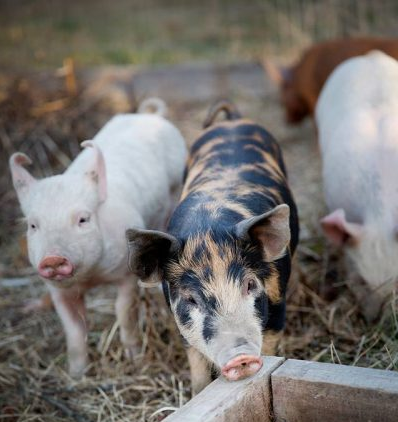
How to predict the environmental concentrations in soil…
The comparison between the Predicted Environmental Concentration (PEC) derived from more or less sophisticated tiers and the relevant toxicity endpoints represents the risk assessment for the soil compartment.
Recently, EFSA has developed a Guidance Document to predict the environmental concentrations of pesticides in soil for spray applications, seed treatments and granules.
The evaluation of the exposure of soil organisms to pesticides and their transformation products in terms of PECsoil is a key element to assess the results arising from the ecotoxicological studies. The exposure evaluation scheme is a tiered approach of five levels with the same goal. In the first three tiers, predefined scenarios or substance-specific and crop-specific scenarios can be used together with the analytical or numerical models. Specific software tools, easy to use, have been developed: PERSAM, PEARL and PELMO.
The predefined scenario simulation takes into account the total area of the annual crops for each regulatory zone and for each ecotoxicological relevant concentration (concentration in total soil or in pore water). However, being the goal the total area of the crop on which the plant protection product is used, scenario adjustment factors have to be applied to the predefined scenarios. The properties for each scenario consisting of the mean annual temperature, soil texture, organic matter content, water content at field capacity and dry soil density.
The simple analytical models, when used, are not able to guarantee the same conservatism level of the numerical ones, so model adjustment factors have to be applied.
Most of the tiers also consider the real dose reaching the soil surface, because of the applied dose is partially held by the plant canopy.
Tier 4 consists of spatially distributed numerical models while the Tier 5, a post-registration monitoring, has to be used just for the products showed an accumulation of residues for at least five years.
Also this new scheme of exposure assessment in the soil compartment is part of a broader framework to make more realistic and relevant the resulting predictions.


 English
English Italian
Italian


